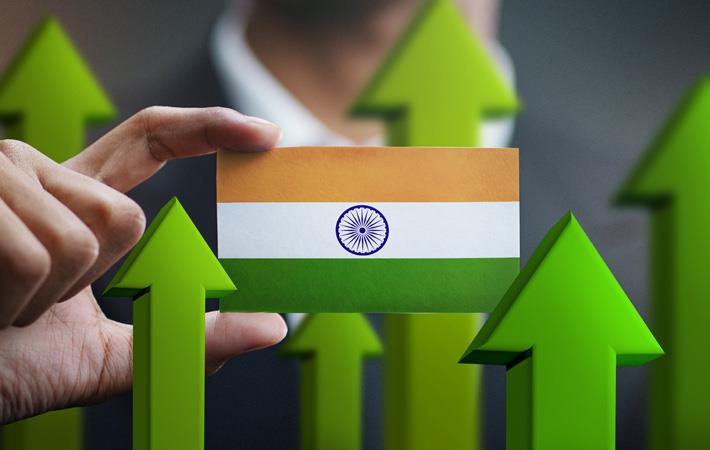The World Bank has projected a 5 per cent growth rate in fiscal 2019-2020 for India, where where weakness in credit from non-bank financial companies is expected to linger. But the rate is likely to recover to 5.8 per cent in the next fiscal. The growth rate for Bangladesh has been projected to remain above 7 per cent through the forecast horizon.
In Pakistan, the growth rate is projected to be at 3 per cent or less through 2020 as macroeconomic stabilisation efforts weigh on economic activity, the bank said in its January 2020 Global Economic Prospects.The World Bank has projected a 5 per cent growth rate in fiscal 2019-2020 for India, where where weakness in credit from non-bank financial companies is expected to linger. But the rate is likely to recover to 5.8 per cent in the next fiscal. The growth rate for Bangladesh has been projected to remain above 7 per cent through the forecast horizon.#
In the report’s India section, the World Bank said tighter credit conditions in the non-banking sector are contributing to a substantial weakening of the domestic demand in the country.
“In India, activity was constrained by insufficient credit availability, as well as by subdued private consumption,” the report stated.
The bank said the regional growth in South Asia is expected to pick up gradually, to 6 per cent in 2022, on the assumption of a modest rebound in domestic demand.
“Growth in India is projected to decelerate to five per cent in FY 2019/20 amid enduring financial sector issues. Key risks to the outlook include a sharper-than-expected slowdown in major economies, a re-escalation of regional geopolitical tensions, and a setback in reforms to address impaired balance sheets in the financial and corporate sectors,” the report said.
In India, economic activity slowed substantially in 2019, with the deceleration most pronounced in the manufacturing and agriculture sectors, whereas government-related services sub-sectors received significant support from public spending, the bank said.
The bank, in the report, praised India’s efforts to gradually eliminate subsidies on liquefied petroleum gas. LPG subsidies to households encouraged the formation of black markets where subsidised LPG distributed to households was diverted to the commercial sector.
Fibre2Fashion News Desk (DS)
